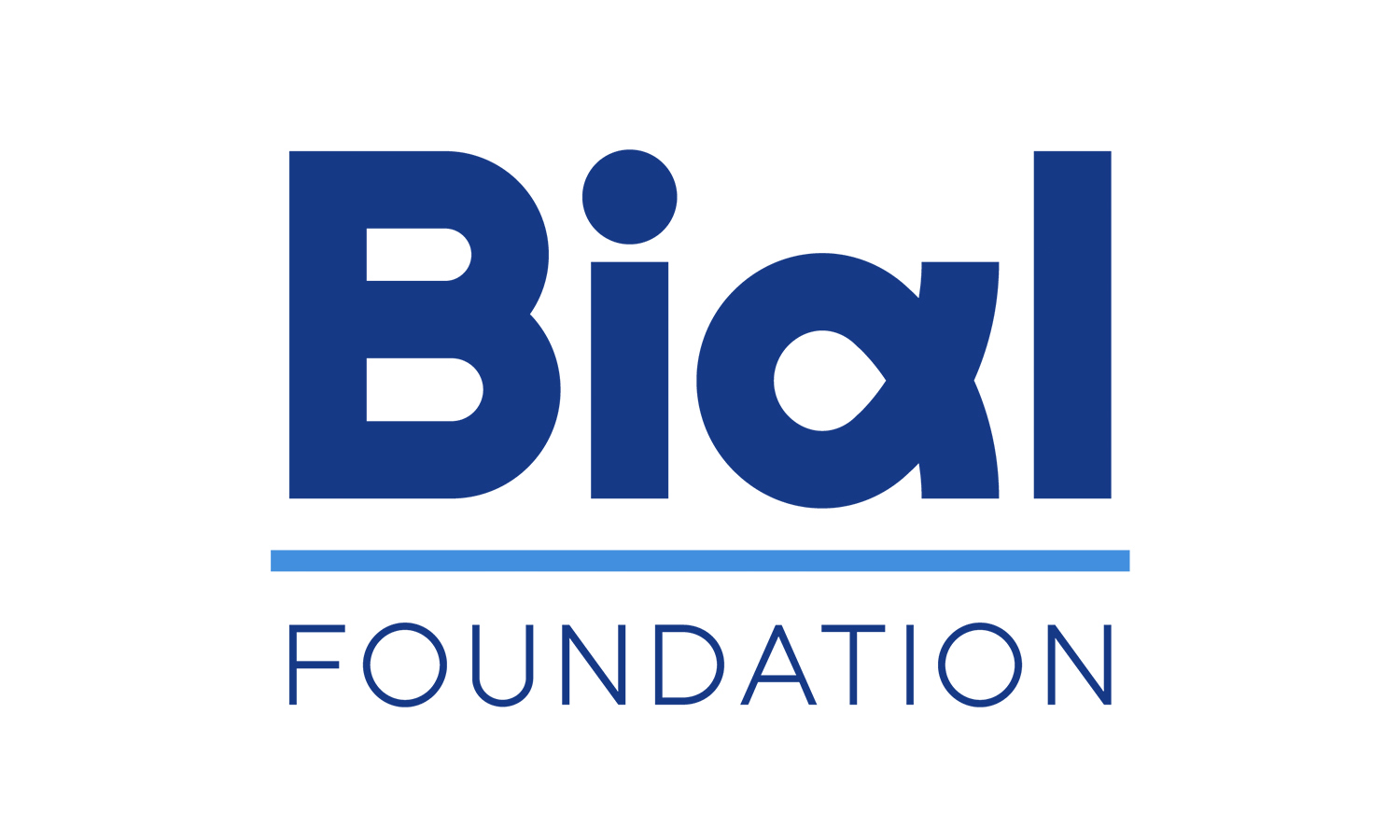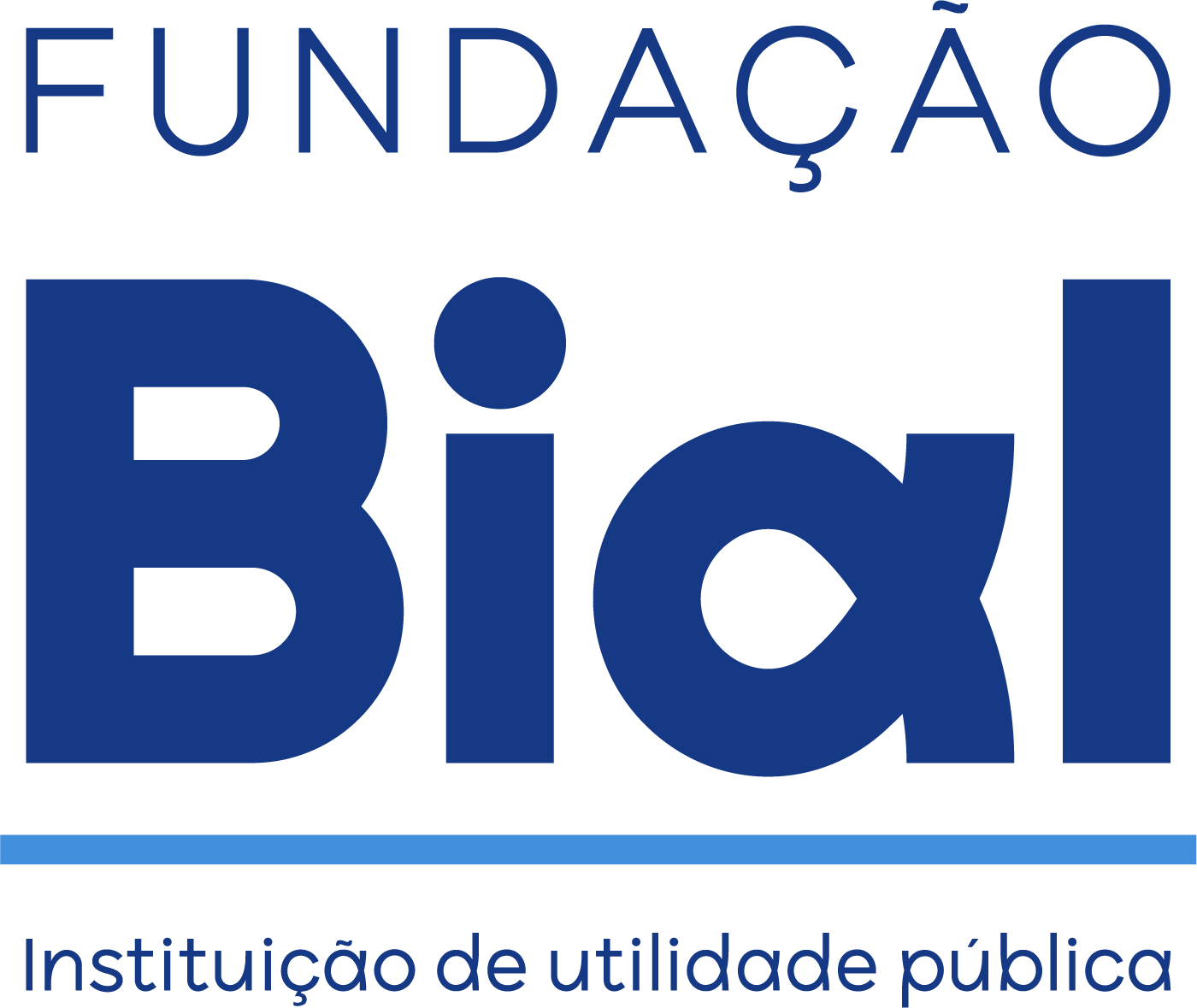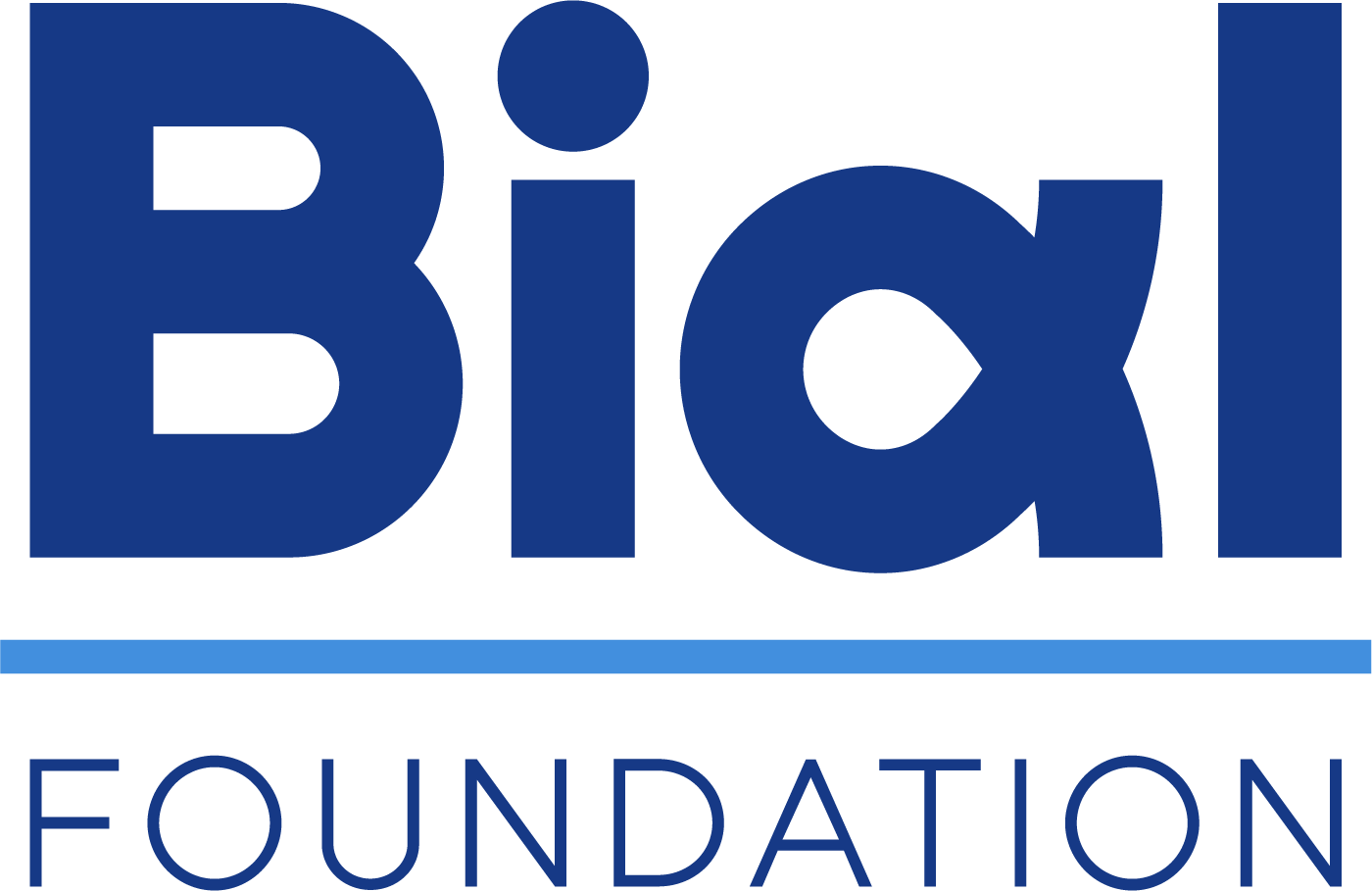News
- Science Stories
- Highlights
- Looking for collaboration
- Helpful links
- Logos
Science Stories
It is our mission being accomplished. Since 1994, the Bial Foundation has approved for funding 946 projects, involving around 1900 researchers from 31 countries. There are three decades of support to Scientific Research Projects oriented toward the neurophysiological and mental study of the human being, in the areas of Psychophysiology and Parapsychology.
Discover the stories behind the science.
Science Stories

Academic studies on claimed past-life memories
Did you know that most studies on claimed past-life memories were carried out mainly in Asian countries?

Empathy in couples
Understanding the adaptative functioning of couples is something crucial considering the harmful consequences of situations of domestic violence.

Choosing the usual or taking a chance?
We always choose the same route back home, but one day, alerted about traffic restrictions, we decide to risk an alternative route. What drives us to make this decision?

Dream and daydream: differences and similarities
Did you know that daydreams reflect events from the previous two days and “night” dreams resemble a fictional plot?

Does your dog have social skills?
A study suggests that viewing the owner’s face works as a positive social reinforcement for dogs. Learn more about this and other surprising results about “man’s best friend”.
News
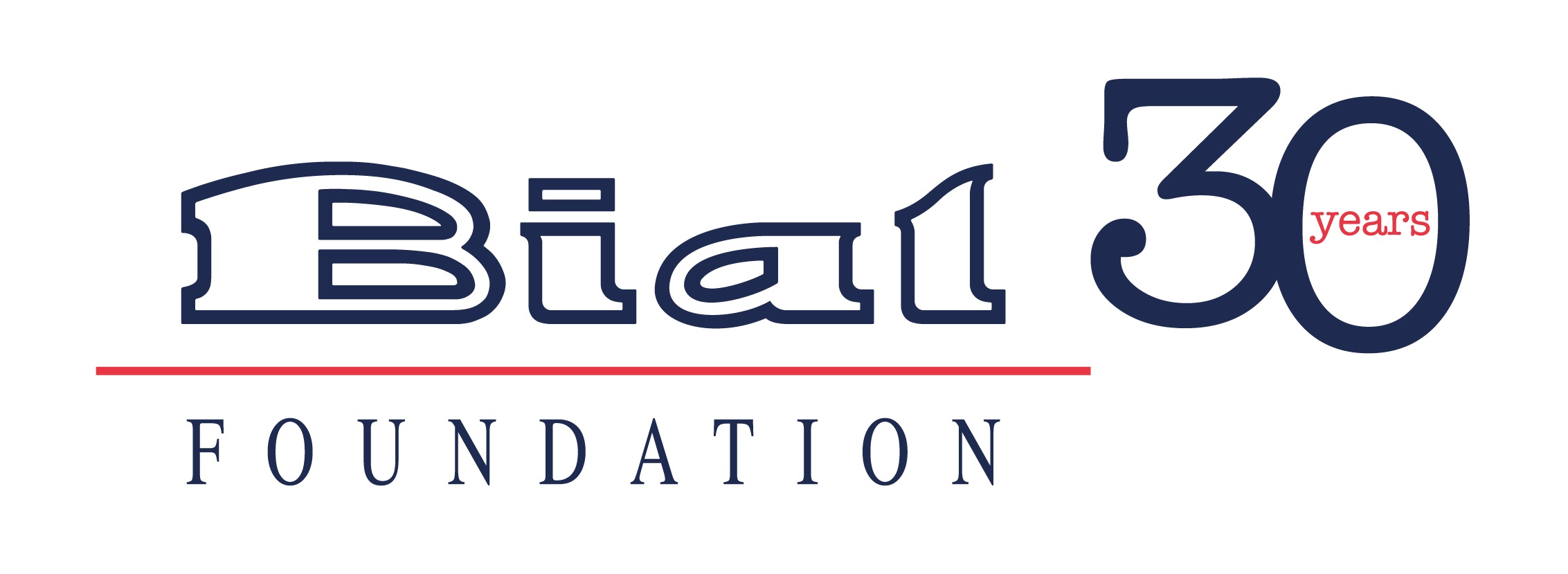
BIAL Foundation celebrates its 30th anniversary
Today, the BIAL Foundation celebrates 30 years of patronage activity in three areas with the aim of stimulating new discoveries and contributing to the improvement of human life.
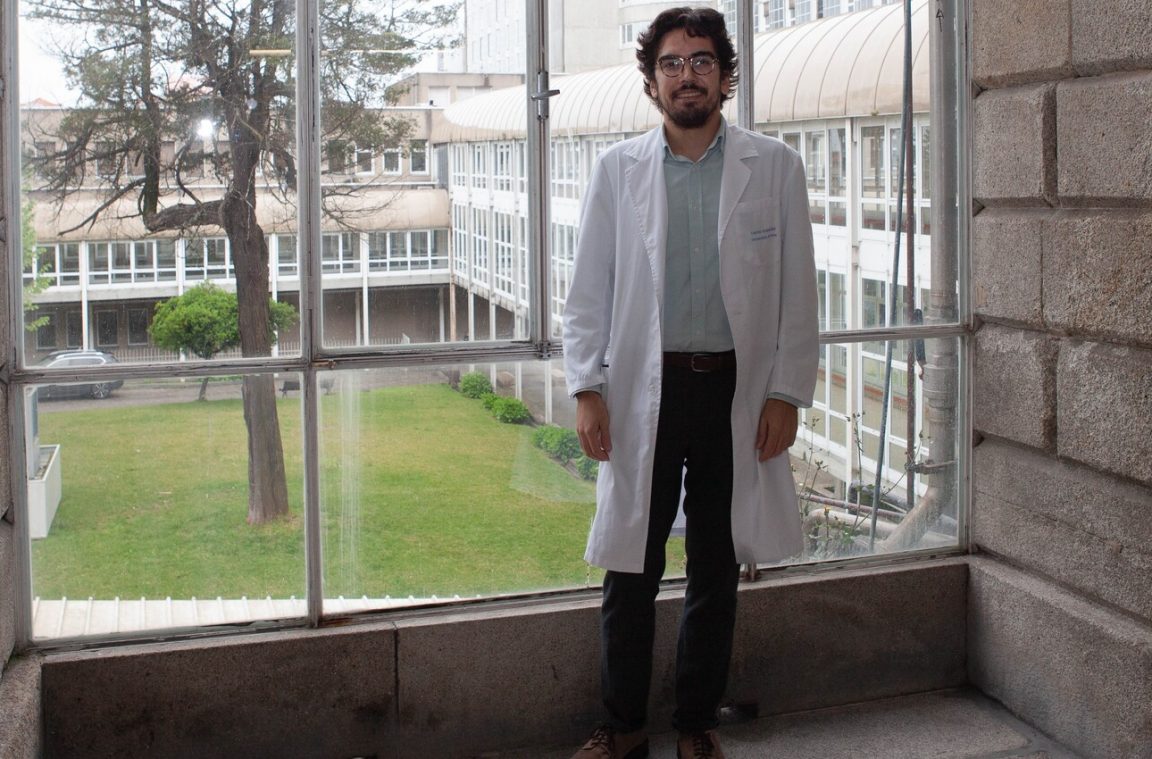
Nuno Grande Doctoral Scholarship 2023 already has a winner
João Moura, a student in the doctoral programme in ICBAS, is the winner of the 2nd edition of the Nuno Grande Doctoral Scholarship with a research project on encephalitis.

14th "Behind and Beyond the Brain" Symposium: registrations now open
Registrations are now open for the 14th "Behind and Beyond the Brain" Symposium, which will debate the theme of "Creativity", from 3 to 6 April, in Porto.

Effects of a web-based mindfulness intervention
In the scope of the research project 104/18 - Effect of mindfulness on EEG brain activity for cognitive and psychological well-being in the elderly, led by Samantha Galluzzi, the research team aimed to assess both short and long-term cognitive, psychological, and physiological outcomes of an adapted 8-week mindfulness-based intervention (MBI) delivered through live web-based videoconferencing among a group of healthy older adults. The findings, published in BMC Geriatrics, in the article Cognitive, psychological, and physiological effects of a web-based mindfulness intervention in older adults during the COVID-19 pandemic: an open study indicate that participants improved in various domains, including verbal memory, attention switching and executive functions, interoceptive awareness, and rumination both pre-to-post MBI and at 6-month follow-up (T6). Notably, the most significant changes, with medium effect sizes, were observed in immediate verbal memory and self-regulation in interoceptive awareness, and these improvements were sustained at T6. Furthermore, the study revealed changes in EEG alpha1 and alpha2 activity modulation, which correlated with improvements in attention switching, executive function and rumination.

Does autosuggestion modulate our reality?
Autosuggestion posits that individuals can influence their own mental and physiological states through the repetition of a thought, a so-called suggestion. The research team led by Elena Azañón tested whether autosuggestion can alter participants’ somatosensory perception at the finger. In three separate experiments, participants were asked to modulate the perceived intensity of vibrotactile stimuli at the fingertip through the inner reiteration of the thought that this perception feels very strong (Experiment 1, n = 19) or very weak (Experiments 2, n = 38, and 3, n = 20), while they were asked to report the perceived frequency. Notably, an increase in the intensity of vibrotactile stimuli, keeping the frequency constant, can lead either to an increase or a decrease in its perceived frequency. Whereas the direction of this effect is different between people, it is usually constant within one individual and can therefore be used to test for the effect of autosuggestion in a within-subject design. It was observed that the task to change the perceived intensity of a tactile stimulus via the inner reiteration of a thought modulates tactile frequency perception. This study was conducted in the scope of the research project 296/18 - The power of mind: Altering cutaneous sensations by autosuggestion, supported by the BIAL Foundation, and published in the paper How the inner repetition of a desired perception changes actual tactile perception in the journal Scientific Reports.

Inter-individual differences in fear extinction
In the scope of the research project 85/18 - Role of NT3/TrkC in the regulation of fear, supported by the BIAL Foundation, Mónica Santos and colleagues, using a behavioural model of fear extinction, assessed mice that successfully extinguish fear and those that fail. Inter-individual differences in the ability to extinguish fear have a dual outcome: first on setting the vulnerability to develop anxiety and fear-related disorders, and second on determining the effectiveness of exposure therapy towards patients in this group of disorders. Indeed, fear extinction mechanisms that support exposure therapy principles are often impaired in patients with fear-related disorders. The formation of fear memories and their extinction is dependent on synaptic plasticity events occurring at amygdalar fear and extinction microcircuits. Using the aforesaid model, the team identified a key role for the NT3-TrkC system in fear extinction, through modulation of amygdalar NMDAR composition and synaptic plasticity. This study validates the TrkC pathway as a potential therapeutic target for individuals with fear-related disorders and reveals that combining exposure therapies with drugs that enhance synaptic plasticity may represent a more effective and lasting way of treating anxiety disorders. To know more read the paper The amygdala NT3-TrkC pathway underlies inter-individual differences in fear extinction and related synaptic plasticity published in the journal Molecular Psychiatry.
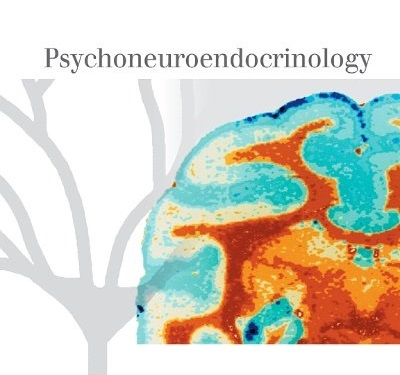
The oxytocin’s (OT) role in human cognition
In the scope of the research project 292/16 - Oxytocin: On the psychophysiology of trust and cooperation, supported by the BIAL Foundation, the research team led by Diana Prata conducted a double-blind, between-subjects, placebo-controlled pharmaco-EEG aimed to test whether intranasal OT (inOT) affects the neural processing time-course of salience attribution processing of social stimuli (expressing fearfulness) and non-social stimuli (fruits) made relevant via monetary reinforcement. The main highlights of the study were: intranasal OT affected early ERPs regardless of (fearful) social or reward contexts; OT’s role in fear-related early salience attribution, may be social/reward-independent; the partially support the tri-phasic model of OT, which posits OT enhances salience attribution in an early perception stage regardless of socialness. To know more, read the paper Oxytocin modulates neural activity during early perceptual salience attribution published in the journal Psychoneuroendocrinology.
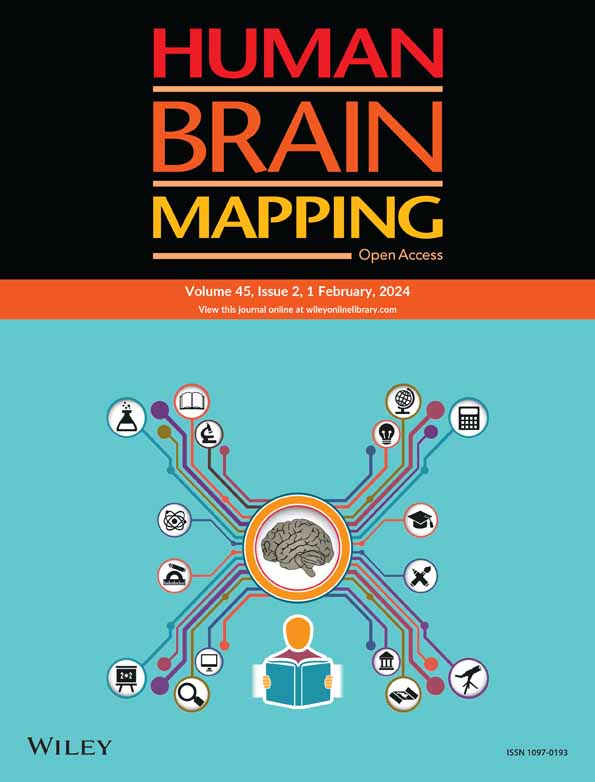
The perception of visual motion
Everyday interactions with the environment require a correct estimation of both self- and object- motion velocities. Perception of object-motion speed is essential to approach or avoid them properly. In many circumstances, object-motion perception is complicated by concomitant self-motion. One of the main challenges for the visual system is to determine the source of the movement that generates the flow pattern: self-motion, object-motion, or their combination. Thus, the research team led by Valentina Sulpizio aimed to establish (1) the sensitivity of several motion-related cortical regions (egomotion regions) to different visually induced motion conditions, including both self- and object-displacements and a combination of them; and (2) whether the activity of these regions was affected by the velocity of both self- and object-motion, thus providing new insight into their role in discriminating between different self- and object-motion velocities. A differentiated profile emerged among the egomotion regions (cingulate sulcus visual area, posterior cingulate sulcus area, posterior insular cortex [PIC], V6+, V3A, IPSmot/VIP, and MT+) during a visual motion stimulation including self- and object-displacements and a combination of them. All the egomotion regions (except area PIC) responded to all the possible combinations of self- and object-motion and were further modulated by the self-motion velocity. Interestingly, only MT+, V6+, and V3A were further modulated by object-motion velocities, hence reflecting their possible role in discriminating between distinct velocities of self- and object-motion. These findings are detailed in the paper Neural sensitivity to translational self- and object-motion velocities published in the journal Human Brain Mapping, in the scope the research project 24/20 - World-relative object motion: How the brain detects object motion while we are moving, supported by the BIAL Foundation.

Luís Portela honoured with Prémio Universidade de Lisboa
Luís Portela was awarded in recognition of the "social impact, innovative personality, unique entrepreneurship and visionary leadership".

BIAL Award in Biomedicine 2023 distinguishes pioneering research in brain cancer
A team led by researchers from the University of Heidelberg in Germany, won the BIAL Award in Biomedicine with a work focused on cancer neuroscience.

President of the Republic honours the BIAL Foundation on its 30th anniversary
On 20th February, the President of the Republic conferred the insignia of Honorary Member of the Order of Merit upon the BIAL Foundation.

The influence of environmental spatial references on vestibular self-motion
While navigating through the surroundings, we constantly rely on inertial vestibular signals for self-motion along with visual and acoustic spatial references from the environment. However, the interaction between inertial cues and environmental spatial references is not yet fully understood. To address this, Elisa Ferrè, principal investigator of research project 41/20 - Luminous dancing fairies in weightlessness: How gravity shapes conscious experiences, supported by the BIAL Foundation, aimed to investigate the influence of environmental visual and auditory spatial references on vestibular self-motion. A Vestibular Self-Motion Detection Task was administered to twenty-six healthy participants in which they were asked to detect brief self-motion sensations induced by low-intensity Galvanic Vestibular Stimulation (GVS). Participants performed this task either with or without a visual or acoustic spatial reference positioned directly in front of them. Results showed that the visual spatial reference increased sensitivity to detect vestibular self-motion. Conversely, the acoustic spatial reference did not influence self-motion sensitivity. This seems to suggest a specific interaction between visual and vestibular systems in self-motion perception. More information available in the paper Spatial Sensory References for Vestibular Self-Motion Perception published in the journal Multisensory Research.
Looking for collaboration

The quest of physiological markers for the experience of pain
Researcher: Elia Valentini - Department of Psychology & Centre for Brain Science, University of Essex Summary: The aim of this project is to improve measurement of the human experience of pain by investigating a combination of psychophysical and physiological responses during mild noxious stimulation. More specifically, we want to investigate how sensitive and specific to pain the brain oscillatory responses are. We use EEG as the main technique, but we are keen to collaborate with neuroscientists using fMRI, autonomic measures and brain stimulation as well as with computational neuroscientists. A clinical collaborator would also be very much welcome.

EEG investigation of hypnosis and decision-making
Researcher: Rinaldo Livio Perri - University Niccolò Cusano Rome, Italy Summary: I work in the field of hypnosis and cognitive neuroscience. In particular, I adopt the event-related potentials (ERPs) to investigate the effect of the hypnotic suggestions on sensory processing and cognitive performance. I am an expert in decision-making and proactive brain processes before the stimulus administration (e.g., the perceptual, prefrontal and premotor readiness during the expectancy stage). I could help colleagues to properly analyze the ERP signal in the pre-stimulus stage of processing. Also, I would be happy to share my EEG data for re-analyzing them in the frequency domain (e.g., wavelet or coherence analysis in the hypnosis research). Feel free to contact me for any question! More information on my papers: https://scholar.google.it/citations?user=-8e_V64AAAAJ&hl=it Possible collaborations: neuroscientist with experience in the EEG frequency analysis Email: perri.rinaldo@gmail.com

Transparent Psi Project - looking for collaborators
Summary: We are running a fully transparent, expert consensus-base multilab replication of Bem’s (2011) experiment 1. The project features state of the art methods to maximize transparency and study integrity. The study involves a computerized experiment taking about 20 minutes per session. Group testing is possible in a computer lab, no specialized equipment needed. Labs are expected to recruit at least 100 participants. Participants will be exposed to images with explicit erotic/sexual content in the experiment. No financial compensation is required for the participants. Data collection is expected to take place in the 2020 fall semester. Every material is provided for ethics/IRB submissions and data collection in English (translation of materials might be necessary by the collaborators). The study is pre-registered and the manuscript is accepted in principle for publication in the journal Royal Society Open Science. All collaborators who meet the minimum sample size criterion will get authorship on this paper reporting the results of the replication study. More information in the preprint: https://psyarxiv.com/uwk7y/ Indicate interest in the collaboration via the following form: https://tinyurl.com/tpp-labs With any question contact the lead investigator: Dr. Zoltan Kekecs, kekecs.zoltan@gmail.com

Cognitive control and learning
Researcher: Ignacio Obeso, Ph.D. / CINAC - HM Puerta del Sur Summary: The aim of our projects is to understand the behavioral and neural mechanisms used to learn how humans establish adaptive behaviour in changing contexts. More specifically, we want to decipher how stopping abilities are initially learned and later executed under automatic control. We use task-related fMRI, brain stimulation and clinical models to test our predictions in laboratory settings as well as online home-based paradigms. Possible collaborations: computational scientist Email contact: i.obesomartin@gmail.com https://iobesomartin.wixsite.com/cognitivecontrol
Find here some links to other Foundations, Organizations, Societies and more that you might be interested in.
- BrainFacts.org
- Cognitive Neuroscience Society
- Dana Foundation
- European Brain Council
- European Society for Cognitive and Affective Neuroscience (ESCAN)
- Federation of European Neuroscience Societies (FENS)
- Human Brain Project
- IANDS International Association for Near-Death Studies
- Institut Métapsychique International (IMI)
- Instituto de Psicologia Paranormal
- International Behavioral Neuroscience Society (IBNS)
- International Brain Research Organization
- IONS Institute of Noetic Sciences
- Kavli Foundation
- Koestler Parapsychology Unit
- Open Sciences
- Organization for Human Brain Mapping (OHBM)
- Parapsychological Association
- Psi Encyclopedia
- Rhine Research Center
- Sociedade Portuguesa de Neurociências
- Sociedade Portuguesa de Neurologia
- Society for Neuroscience
- Society for Psychical Research
- Society for Scientific Exploration (SSE)
- World Federation of Neurology

